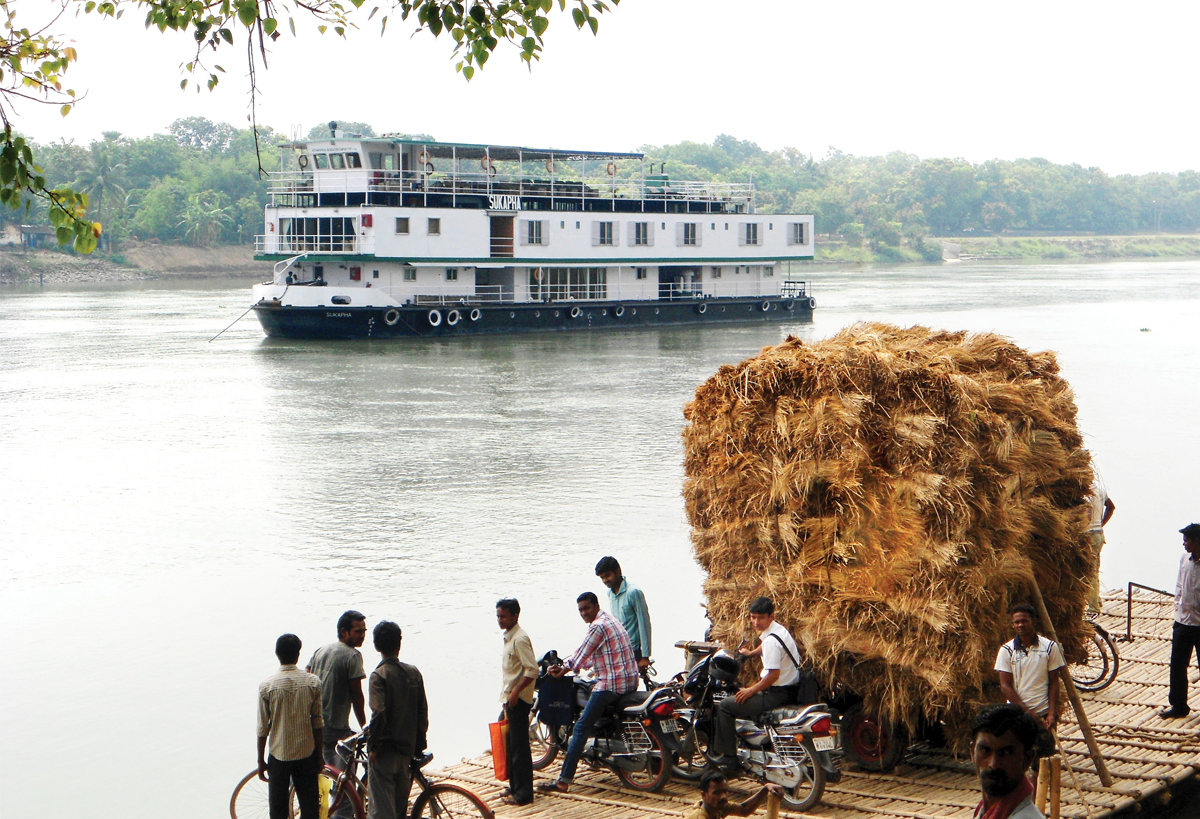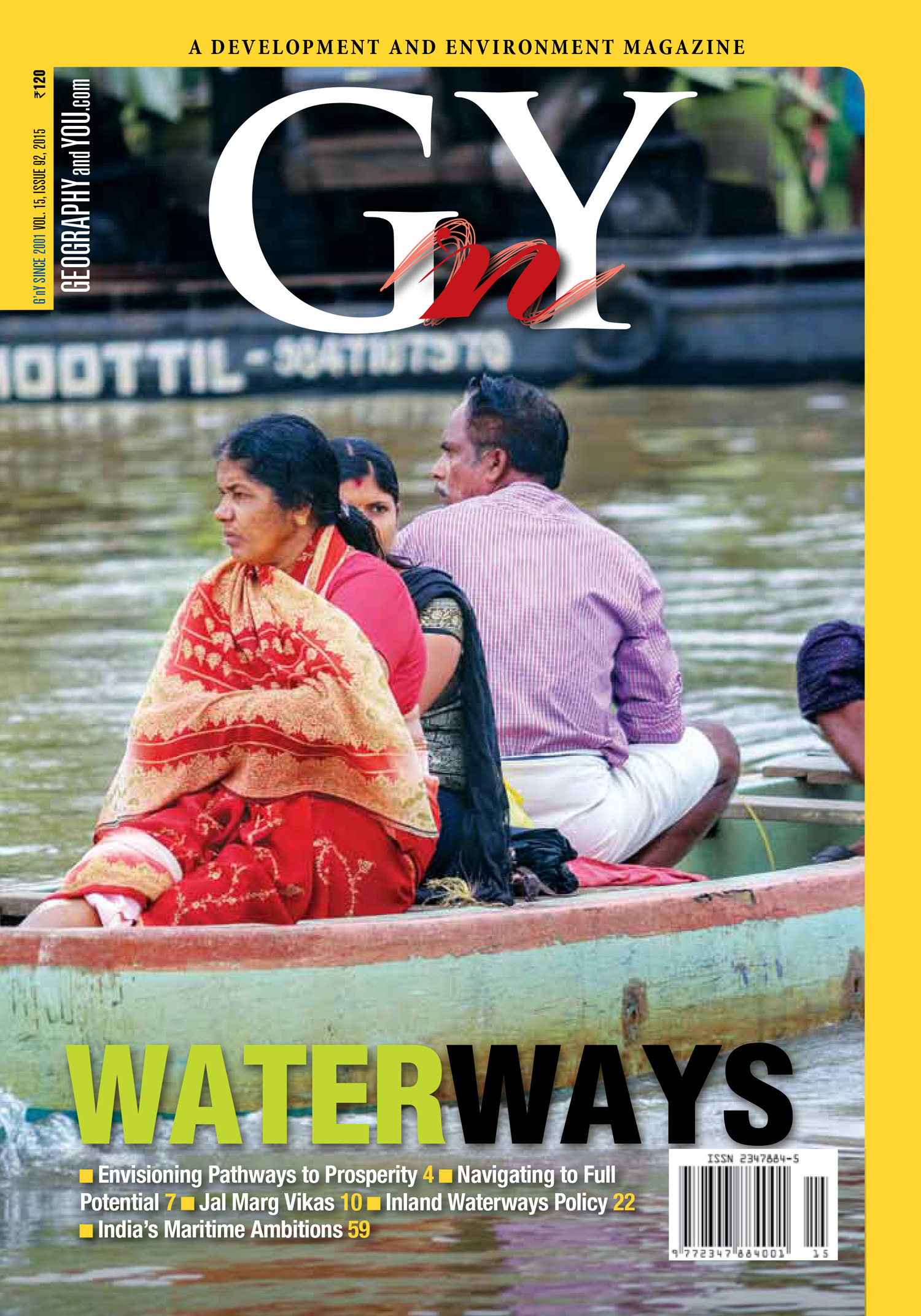
Expert Panel
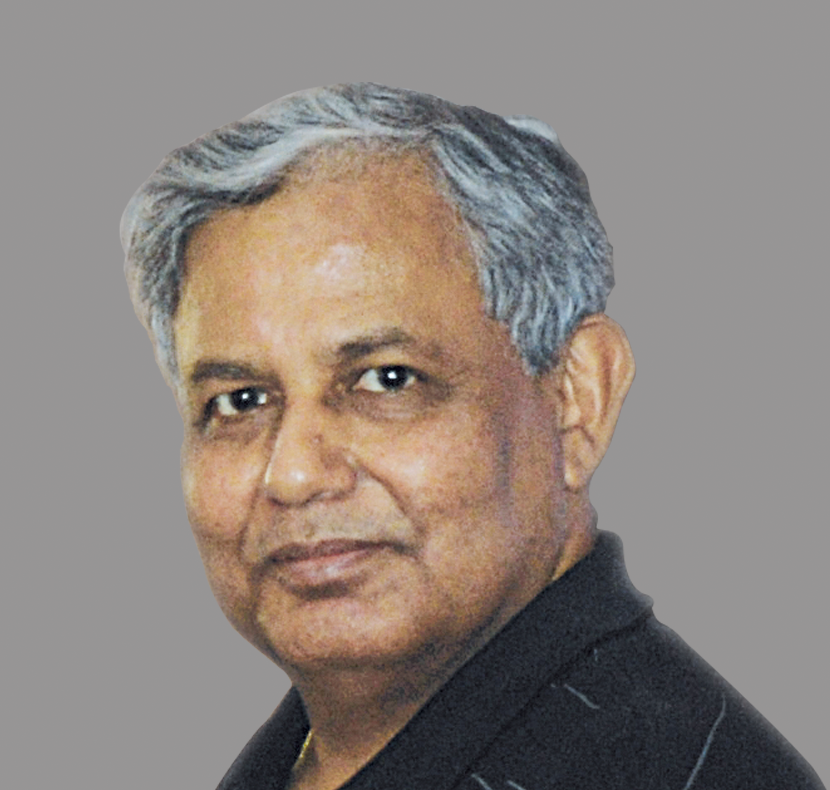
Vice Chancellor, MG Kashi Vidyapeeth, Varanasi
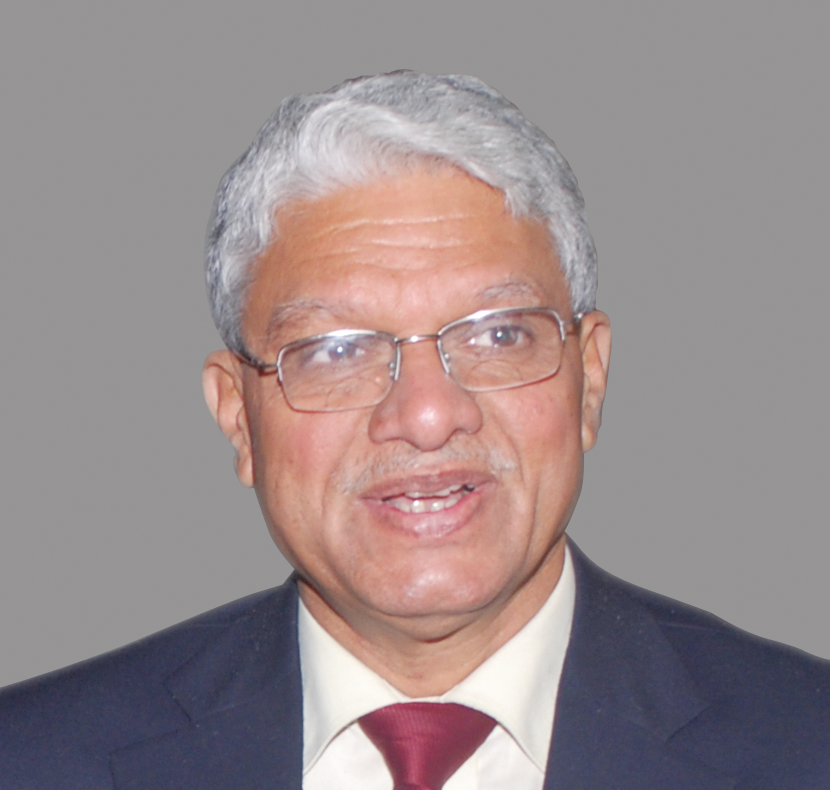
Air Vice Marshal (Retd) Former DG, IMD, New Delhi

Deputy Director General, Fisheries, Indian Council of Agricultural Research, New Delhi
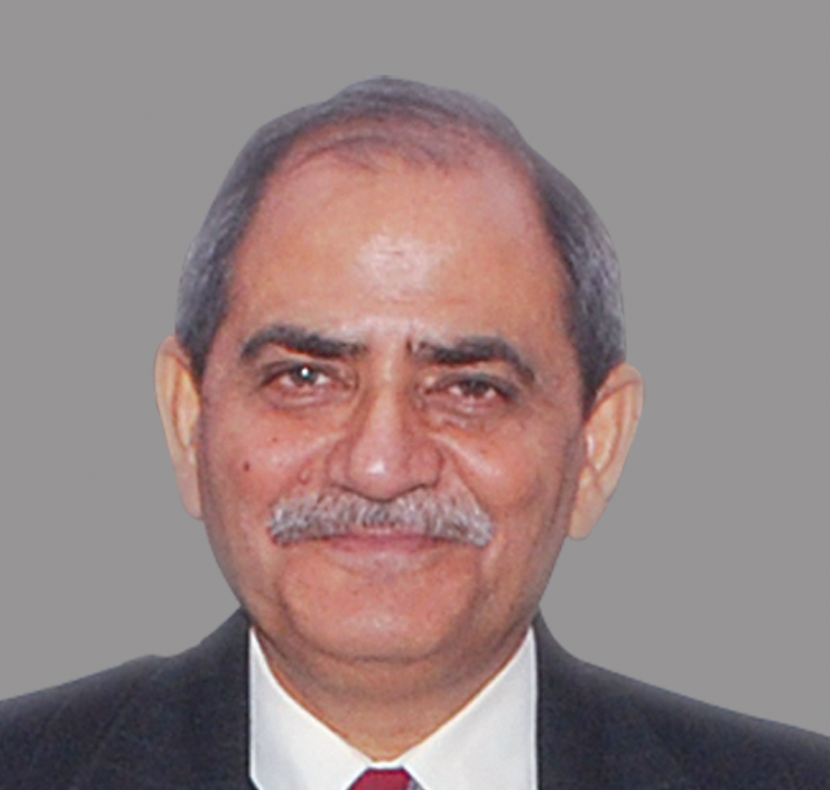
Panikkar Professor at ESSO; Former Director, NCAOR, Goa

Professor, Centre for the Study of Regional Development, Jawaharlal Nehru University, New Delhi

Professor, Centre for the Study of Regional Development, Jawaharlal Nehru University, New Delhi
Inside this issue
Inland Waterways
Integrating India’s vast network of perennial rivers with modern technologies and wise investments to make the most of its navigational challenges will bring prosperity through trade and employment to its people.
The absence of an interlinked network has resulted in the gross under-utilisation of India’s waterways.
The integrated multimodal transport system envisaged under the National Waterways Bill, 2015, can benefit hitherto neglected regions in the northeast, and decongest roads and railways in India.
Dredging is an excavation activity carried out in the approaches to seas, harbours, estuaries, inland waters, rivers, and lakes to remove material from the bed for safe navigation. It is important that the government devises appropriate training of technical personnel for dredging given its resolve to set up a network of national waterways all over India.
The 891 km NW-2 on the Brahmaputra has been operating as a national waterway since 1988. Subsequent development of inland water transport and concomitant facilities along the entire stretch, particularly in 2014-15, is a boon for the economy of the entire northeastern region.
The West Coast Canal System, or as it is now known, the National Waterway 3 is fast nearing completion. Of its 11 waterways that can be made operational, eight are complete, with the rest to follow soon.
Notwithstanding the low utilisation of existing waterways, the government’s proposal to develop national waterways is a welcome move, given the marked success of the Haldia-Farakka route in moving coal, and river tourism.
The lack of capacity—from research to operation personnel and private entrepreneurship, is adversely affecting the growth of inland waterways.
The advancement in machine and ship design has accompanied stringent regulations that pose major hurdles for the burgeoning economies of ports. These bottlenecks can hamper the growth of the Indian shipping sector.
Water transport is recognised as the cheapest mode the world over. However, the rapid development of the sector and fossil fuels can emit pollutant and greenhouse gases. It is imperative, hence to opt for cleaner fuels for sustainable water transport.
A Case for Private Participation Economic liberalisation has contributed to huge growth in maritime trade. The government has already responded to the phenomenon by initiating public-private partnership for the development of existing, and the construction of new ports.
IN CONVERSATION WITH
Mapping India’s infrastructure growth, in an interview with G’nY, the affable Union Minister for Shipping, Nitin Gadkari, shows a dream that can decongest most of India’s roads and provide a huge fillip to India’s industry through all round development of waterways.
Rajive Kumar, Secretary, Ministry of Shipping speaking with Editor, G’nY, highlighted the government’s initiatives in developing inland waterways and flagged the need for its integration with the coastal shipping for facilitating a vibrant transport system in the country.
In brief
Water transport needs ‘trained’ rivers. Most importantly it needs a consistent flow of water. With rapid siltation, exacerbated by rampant deforestation and increased uptake by urbanisation, industry and agriculture, not to mention dams that curtail the free flow of rivers, India’s navigable w

